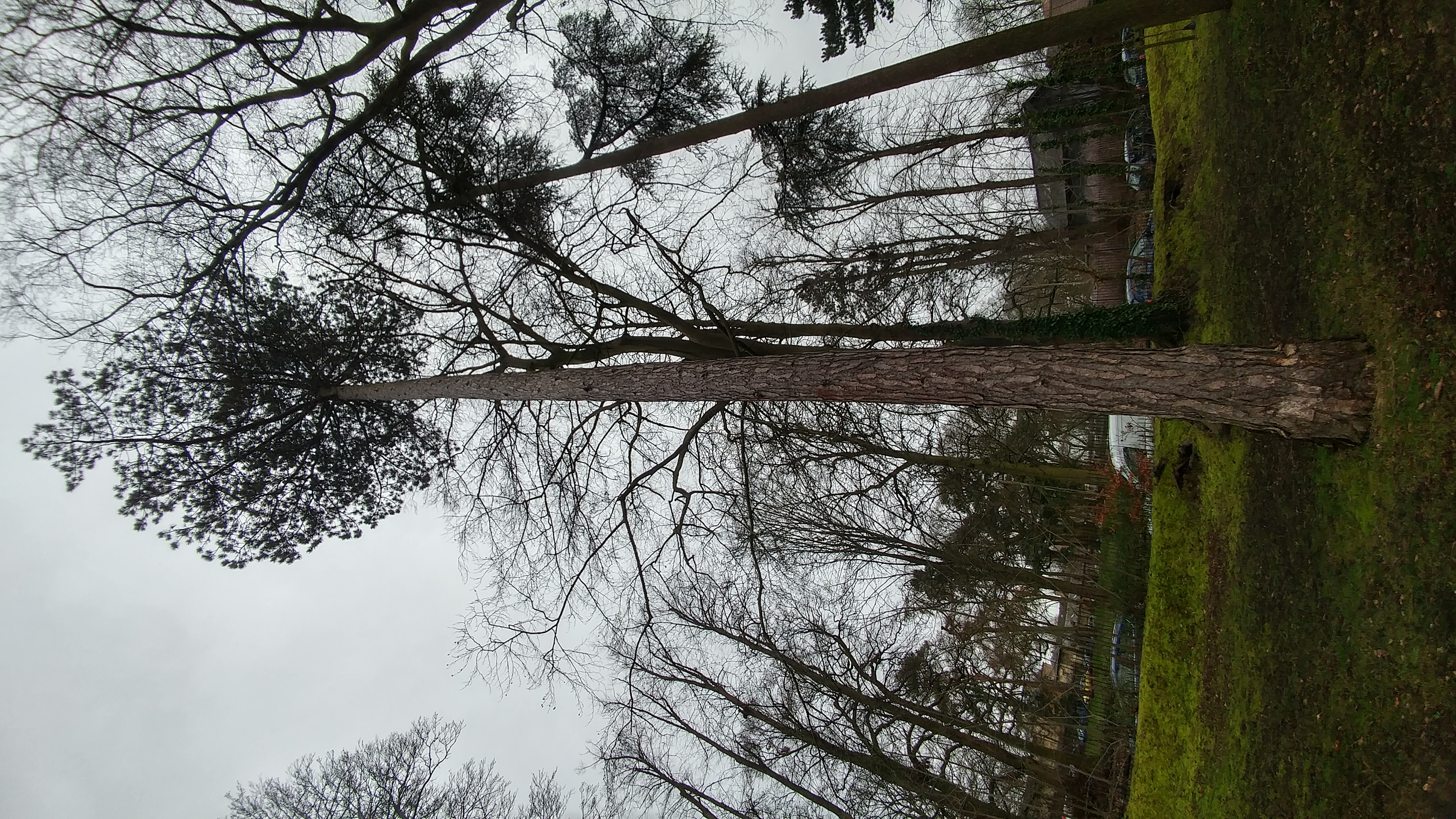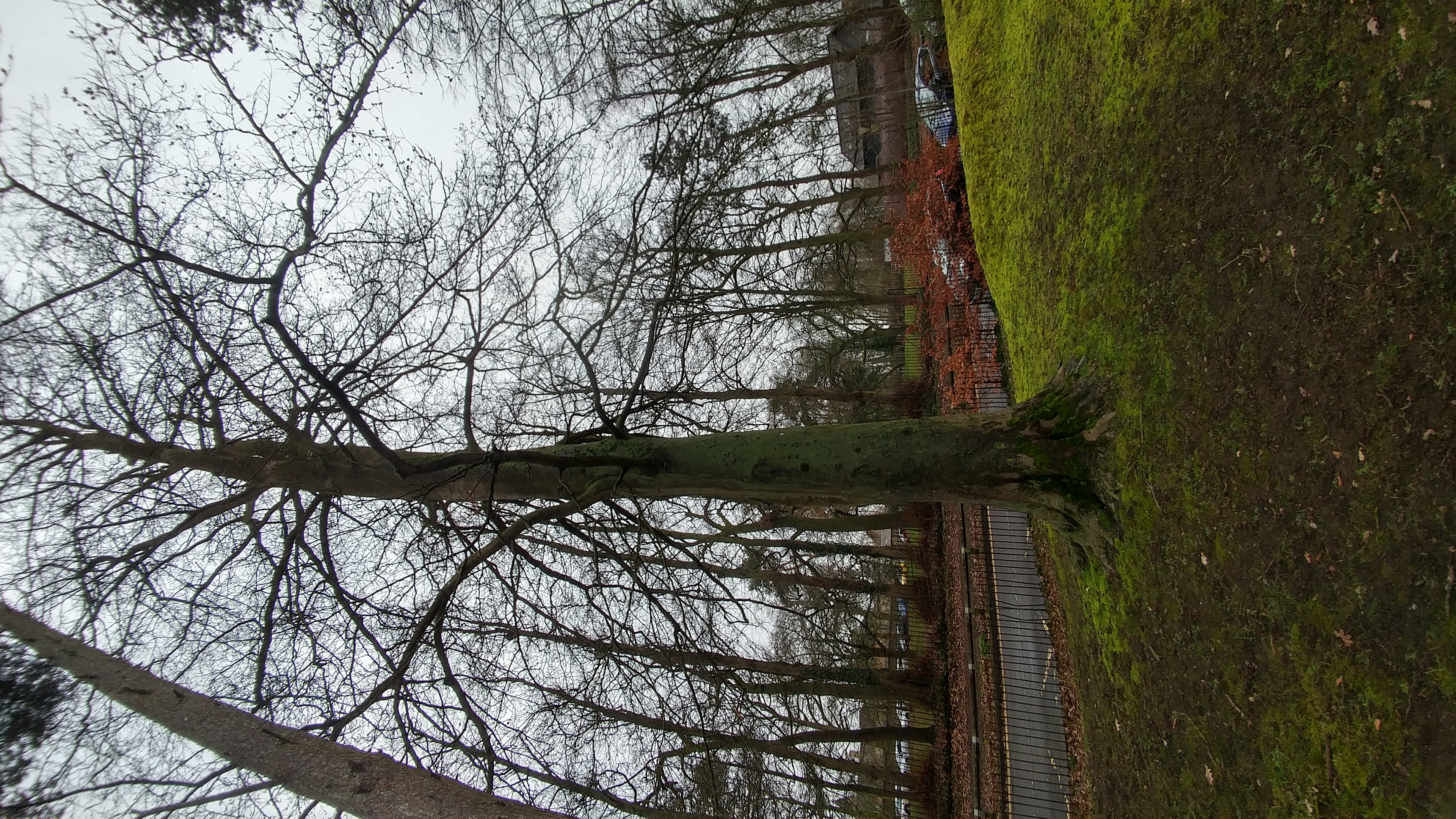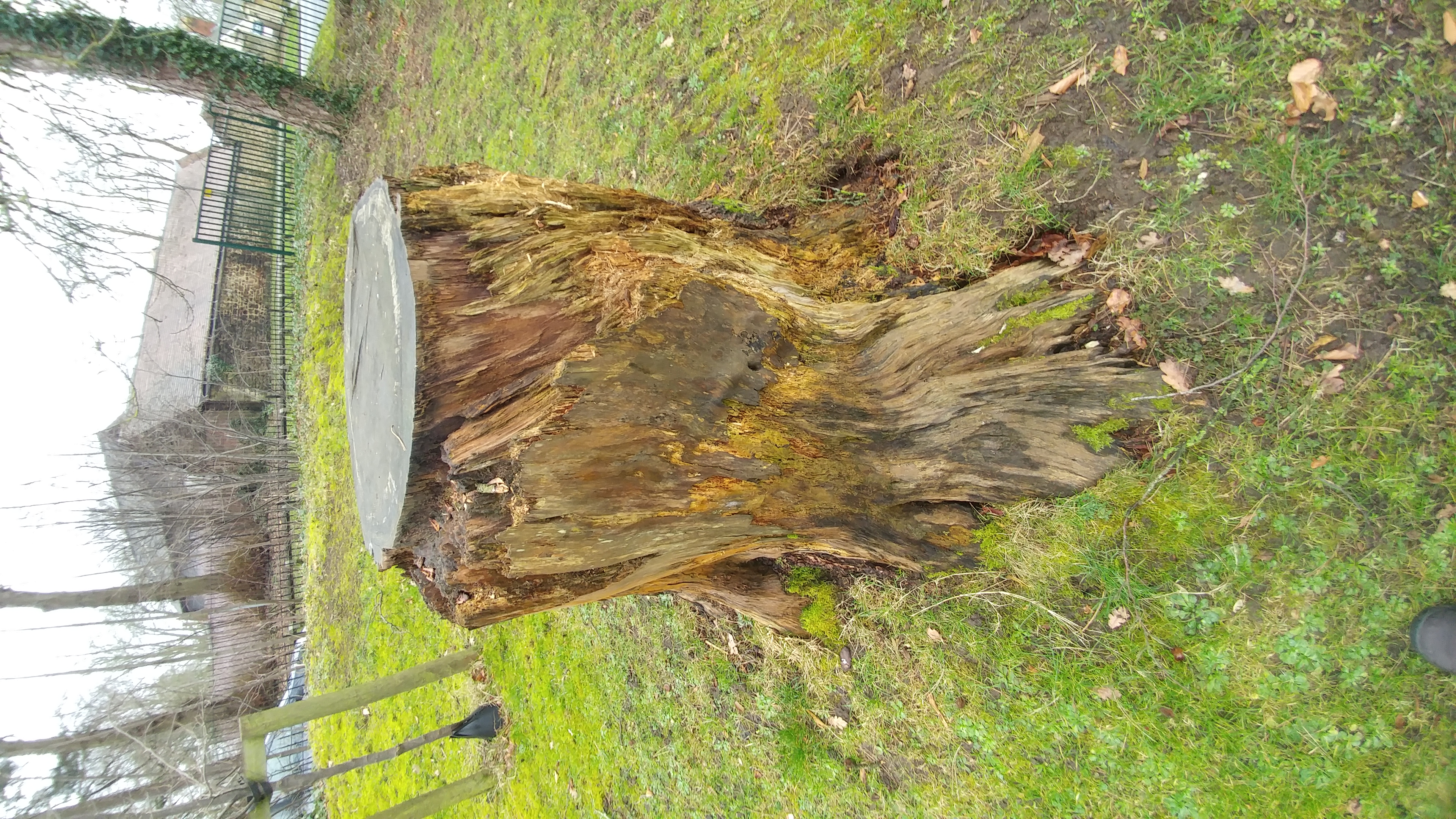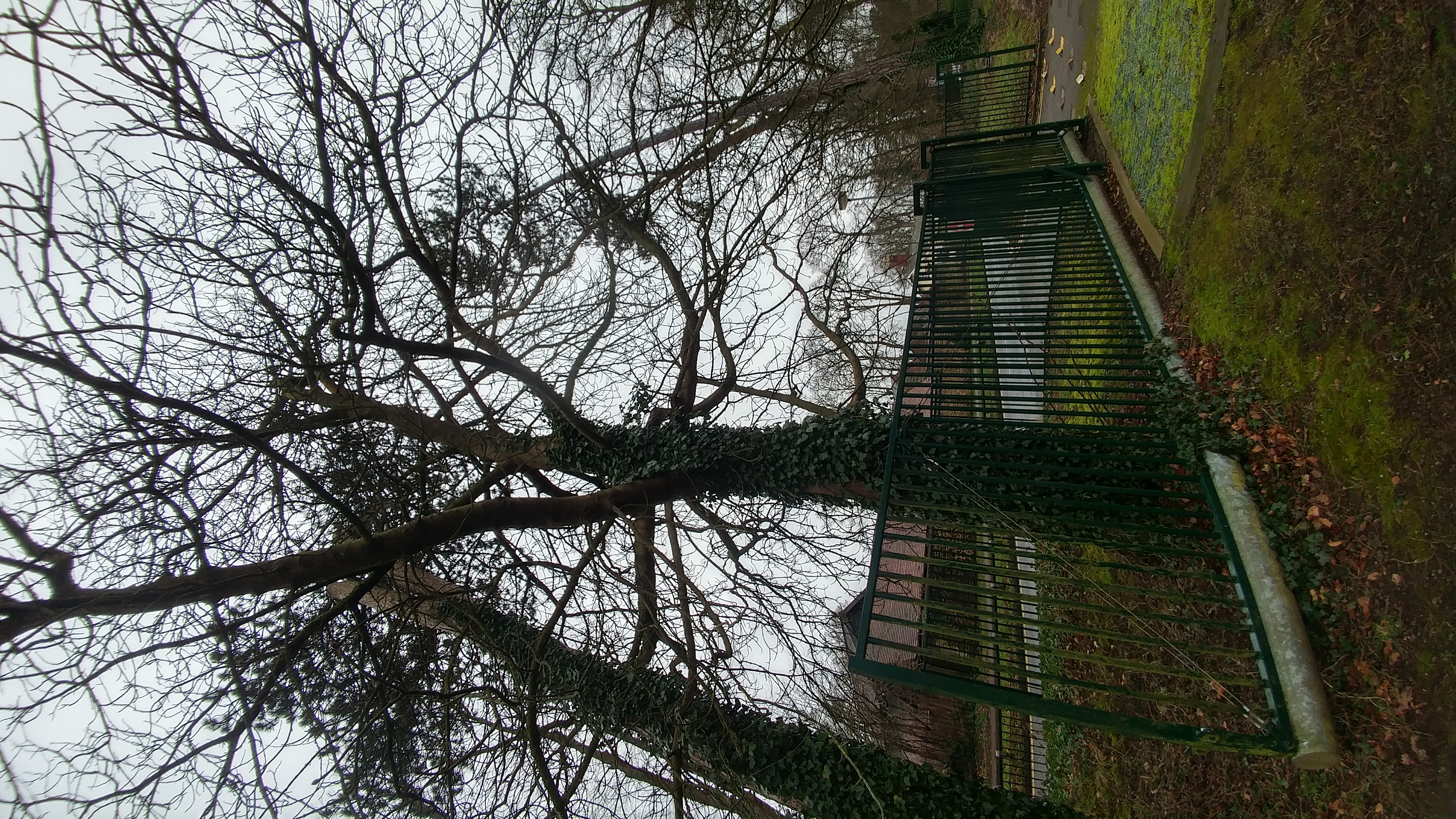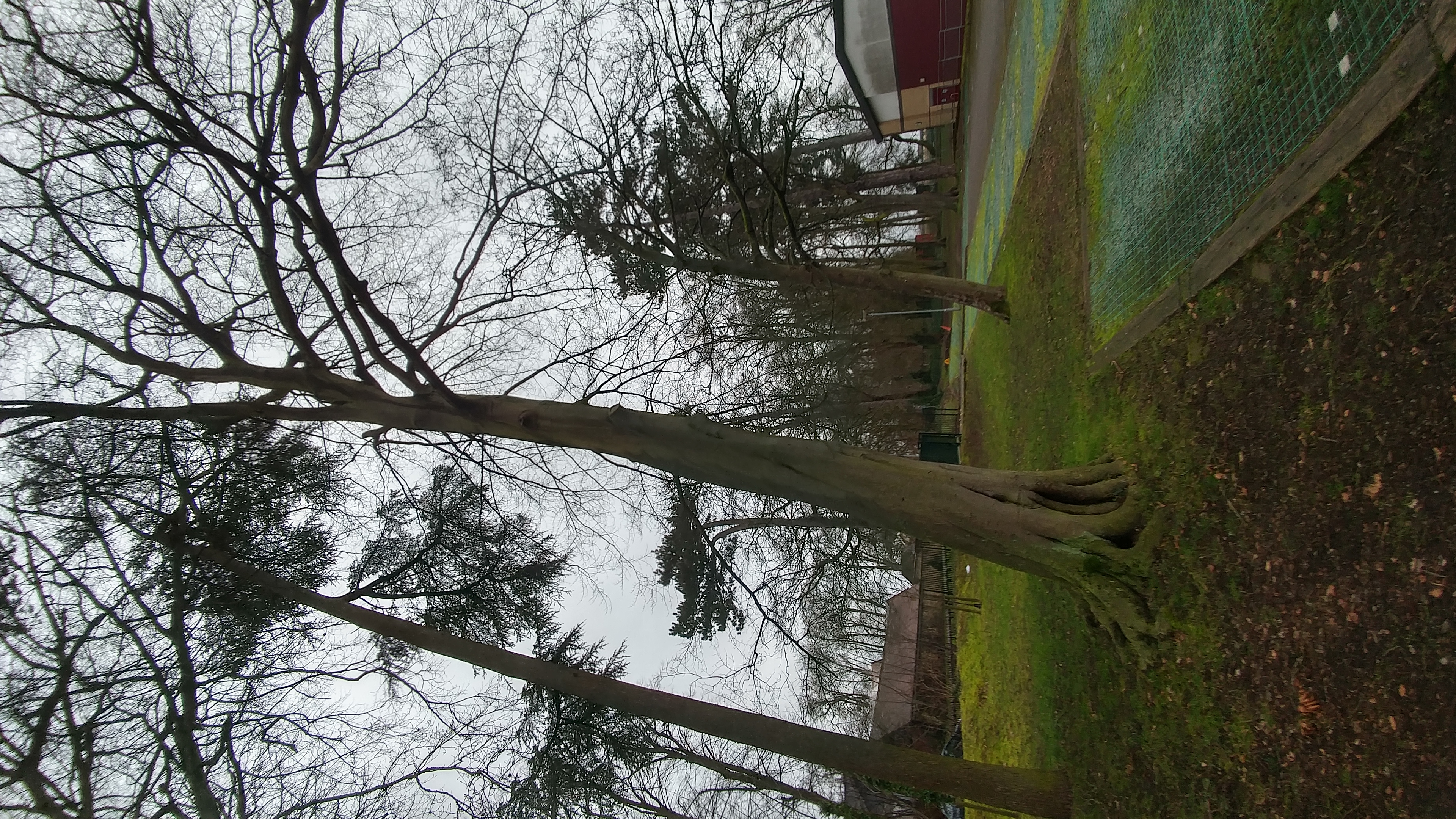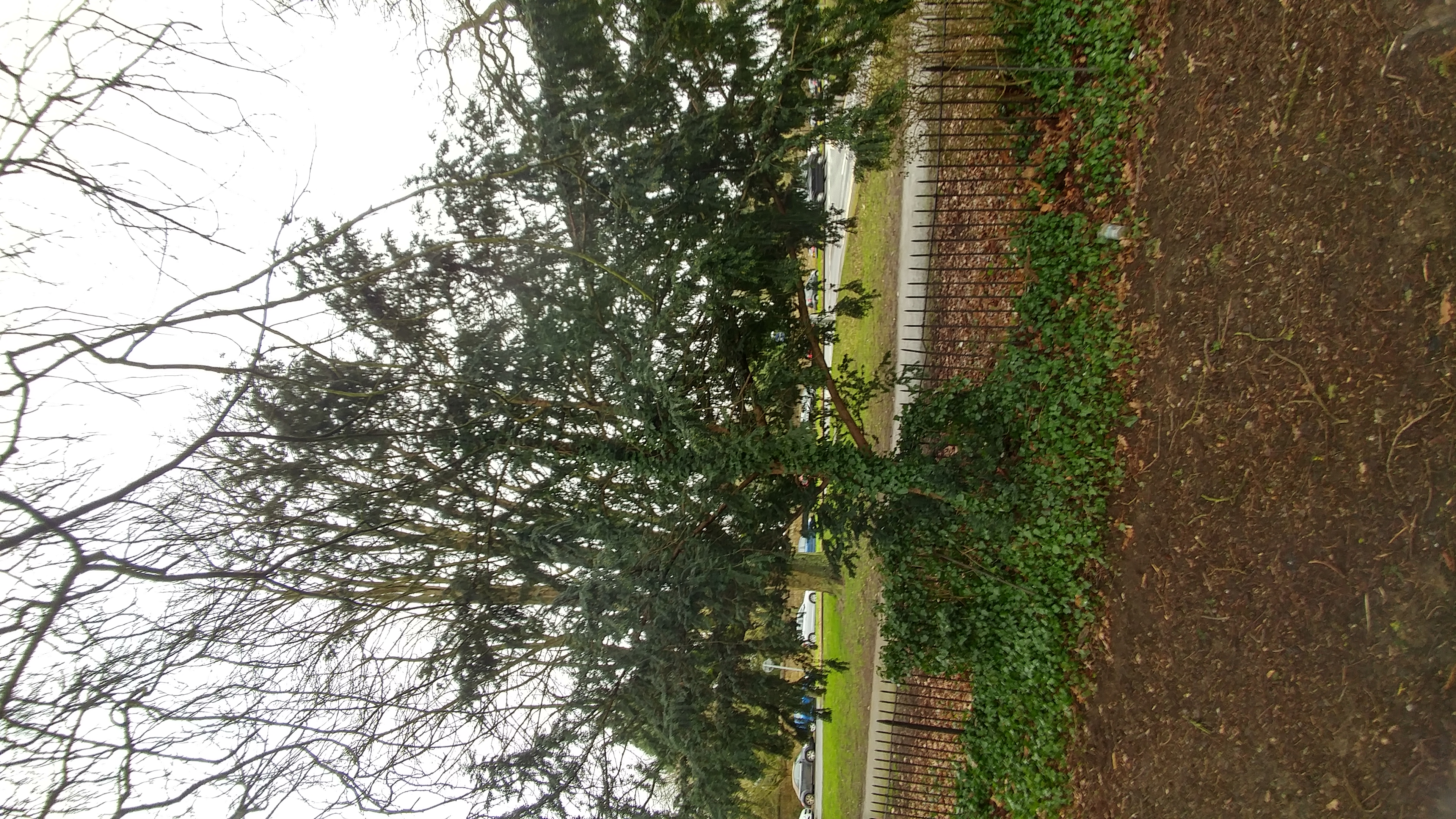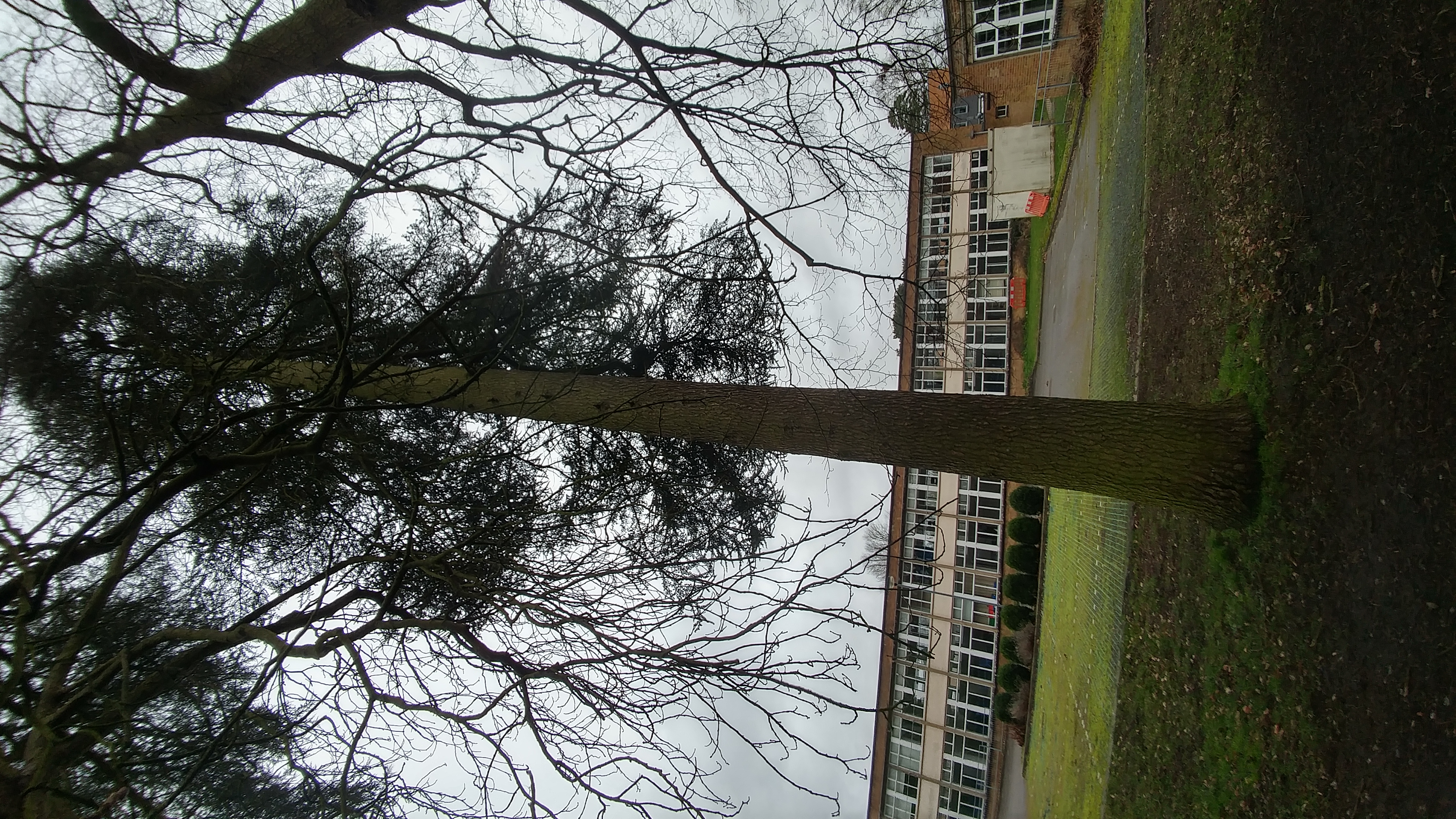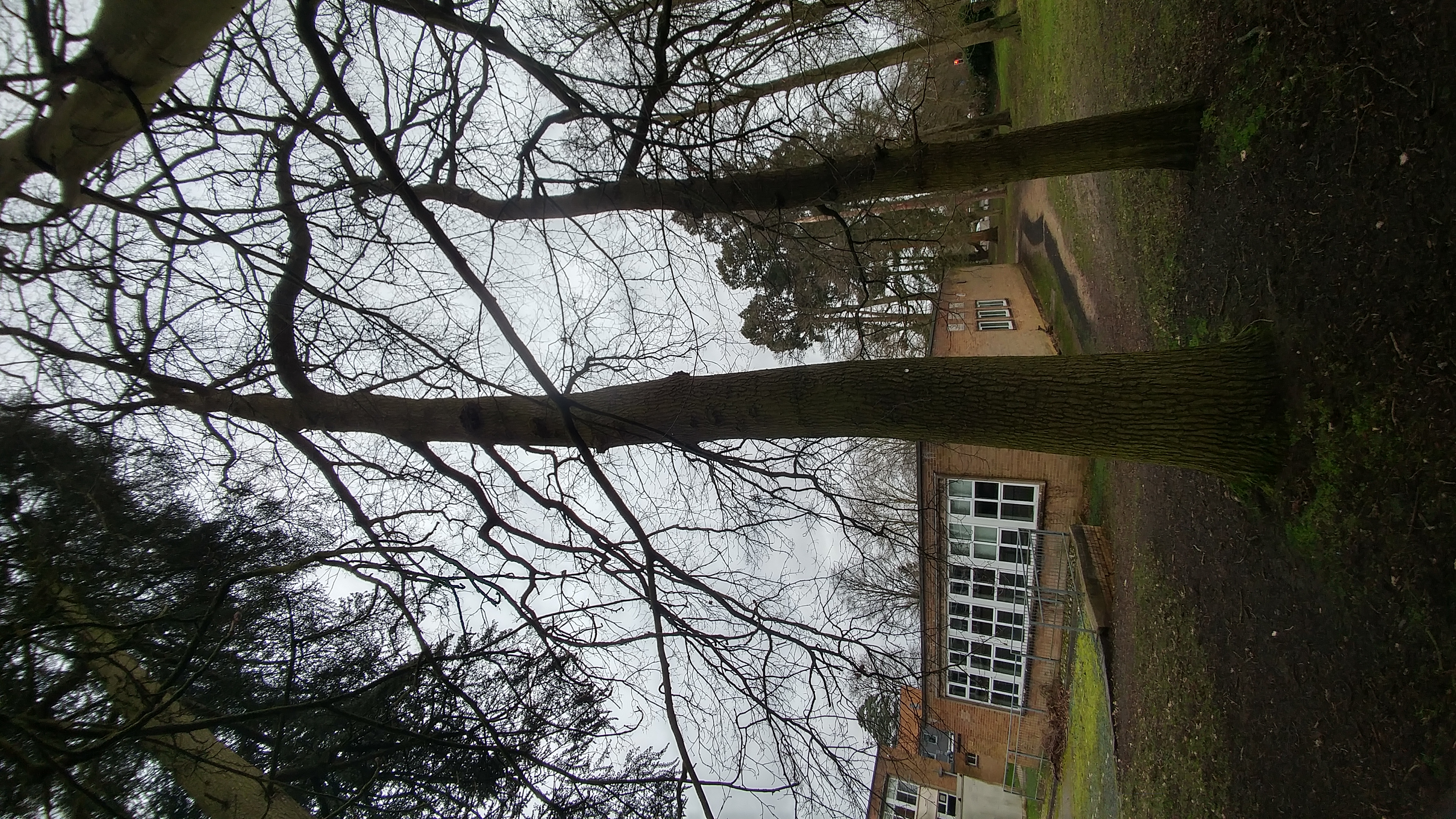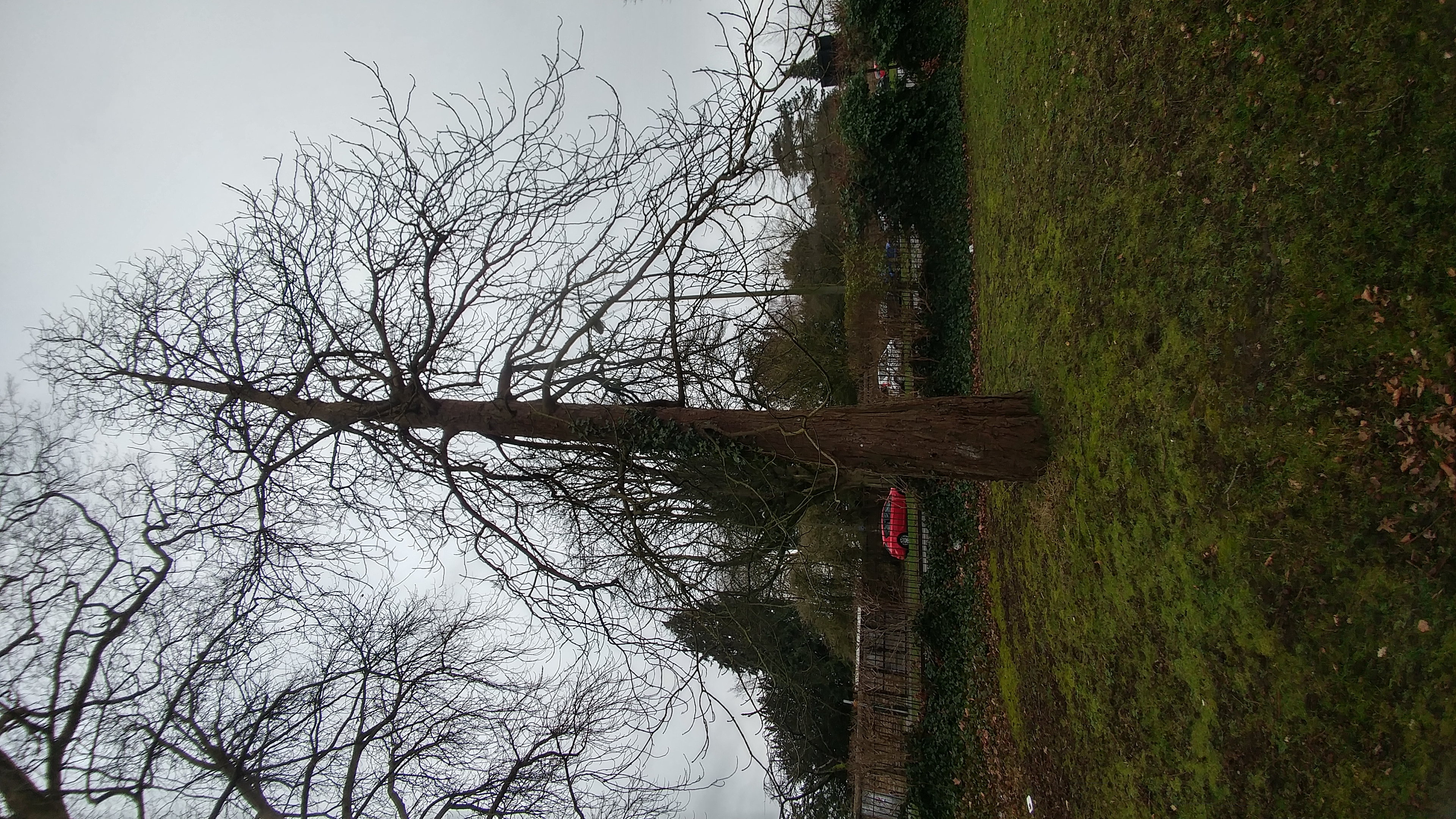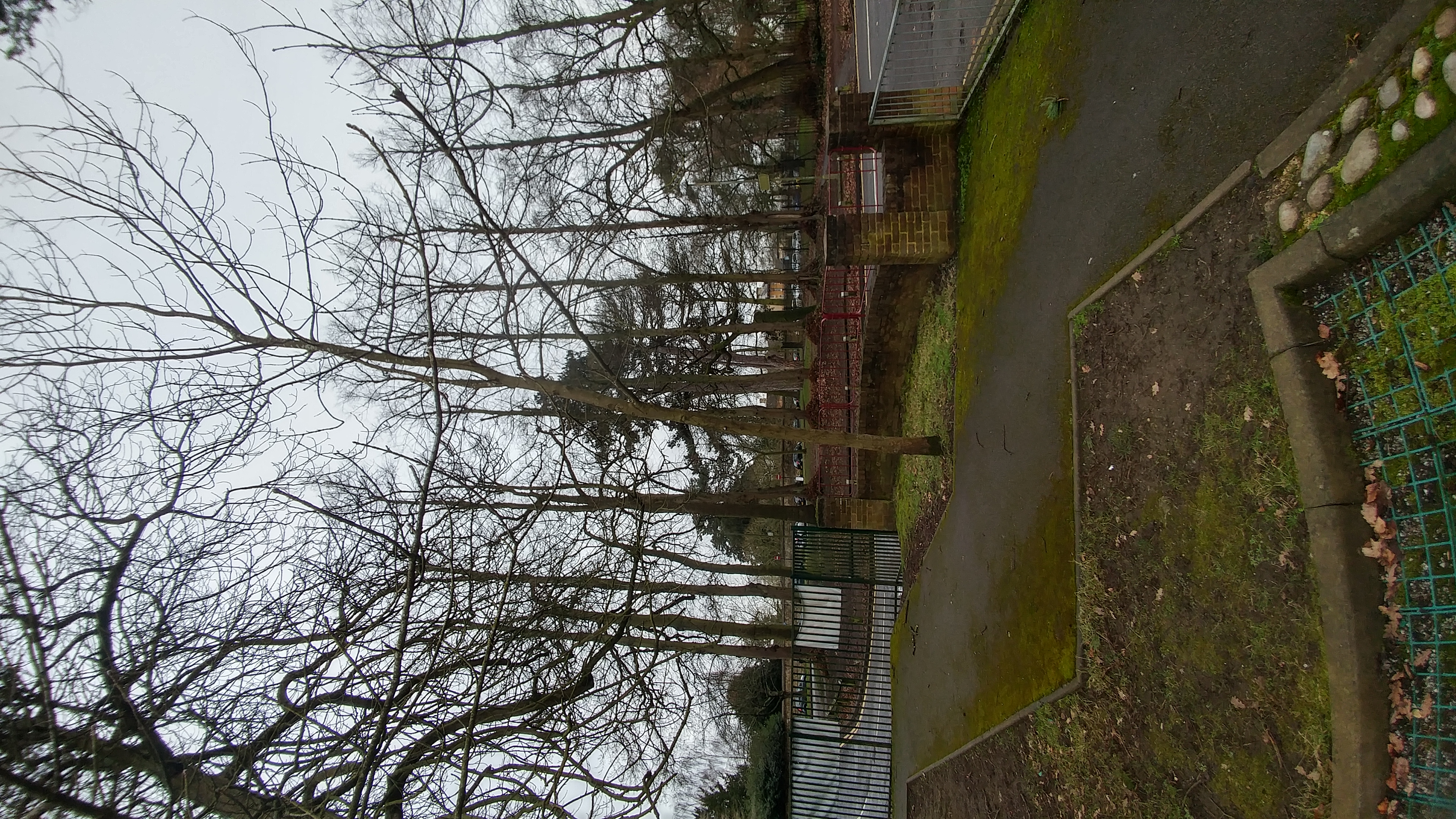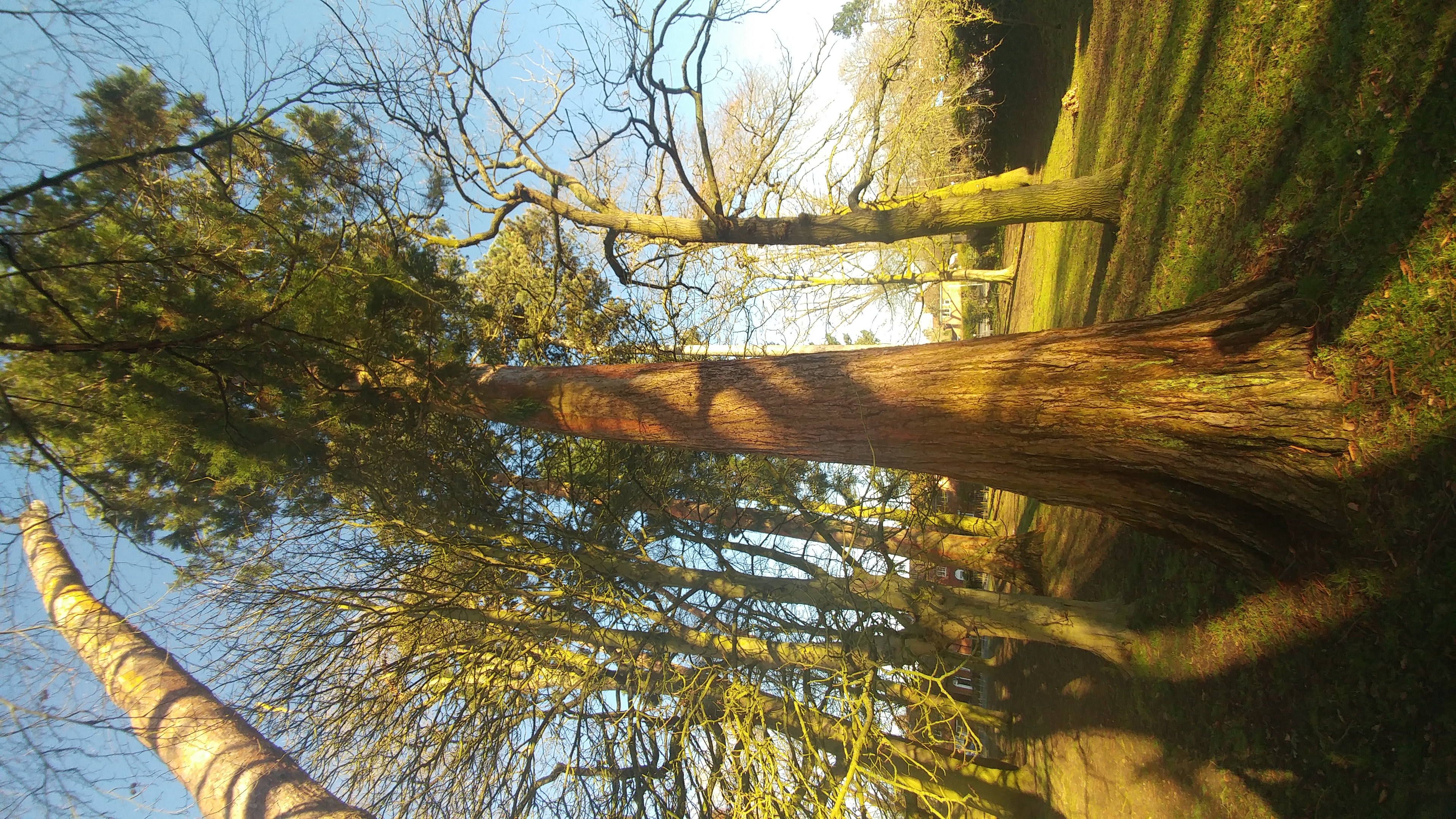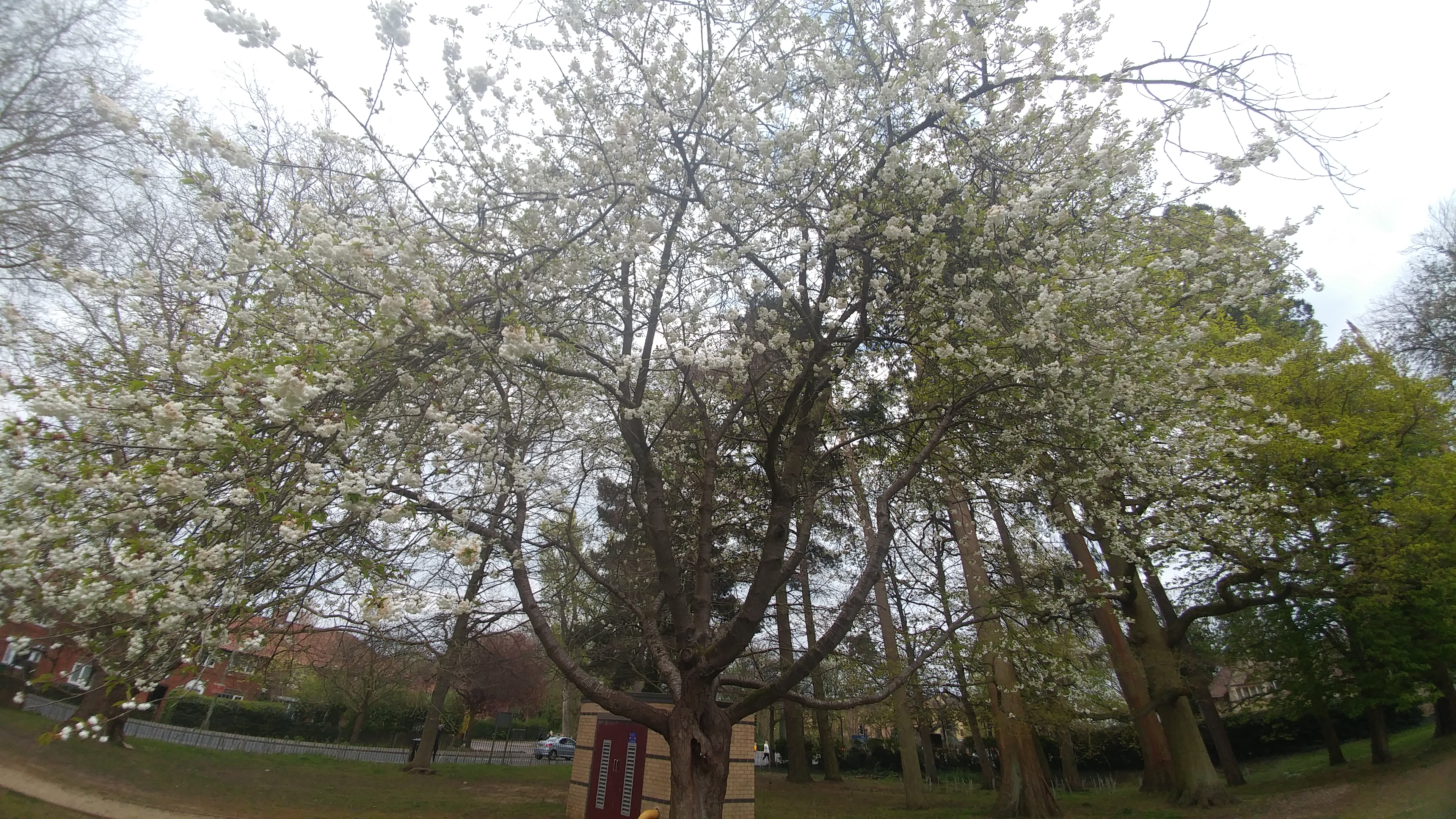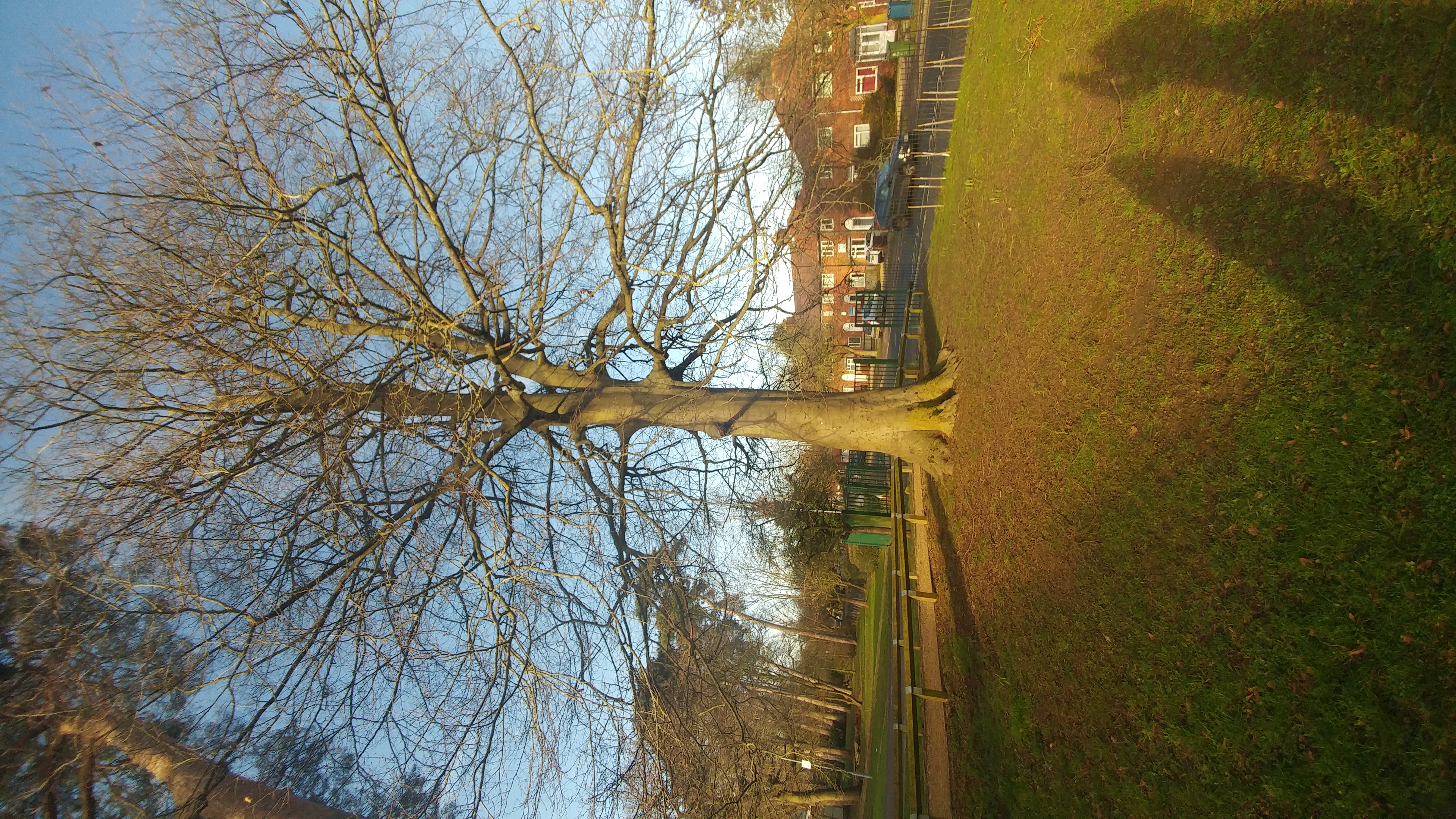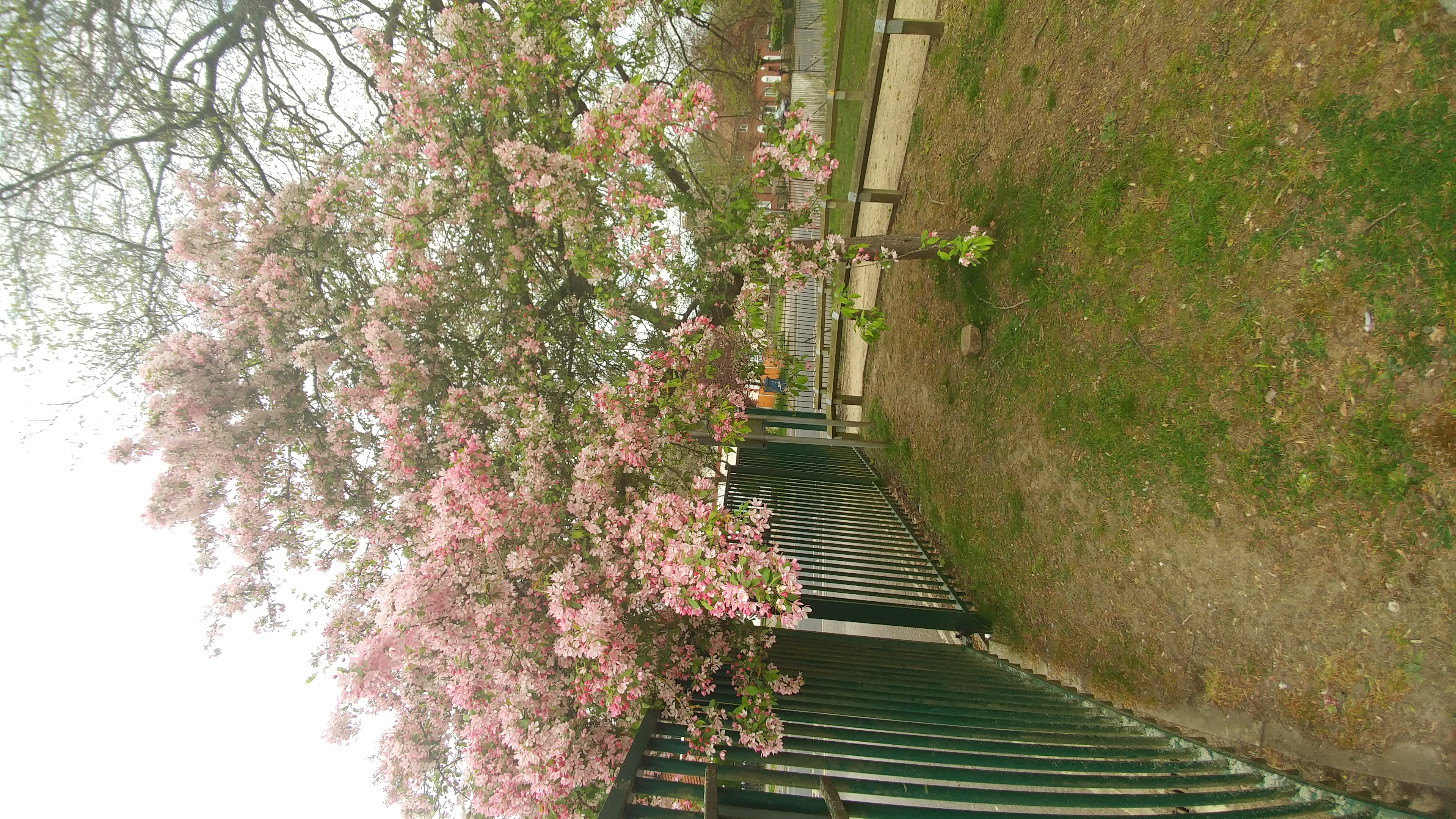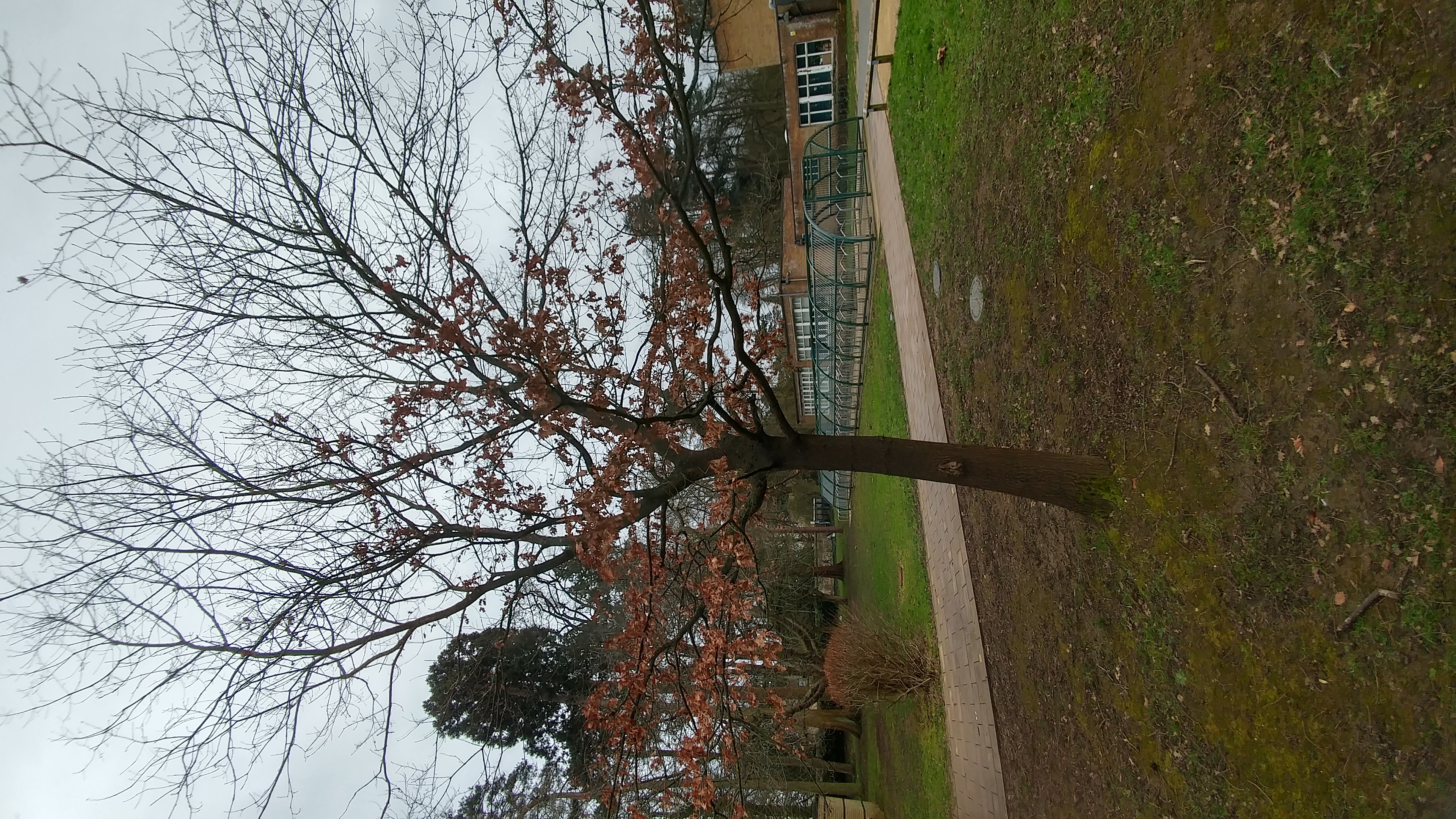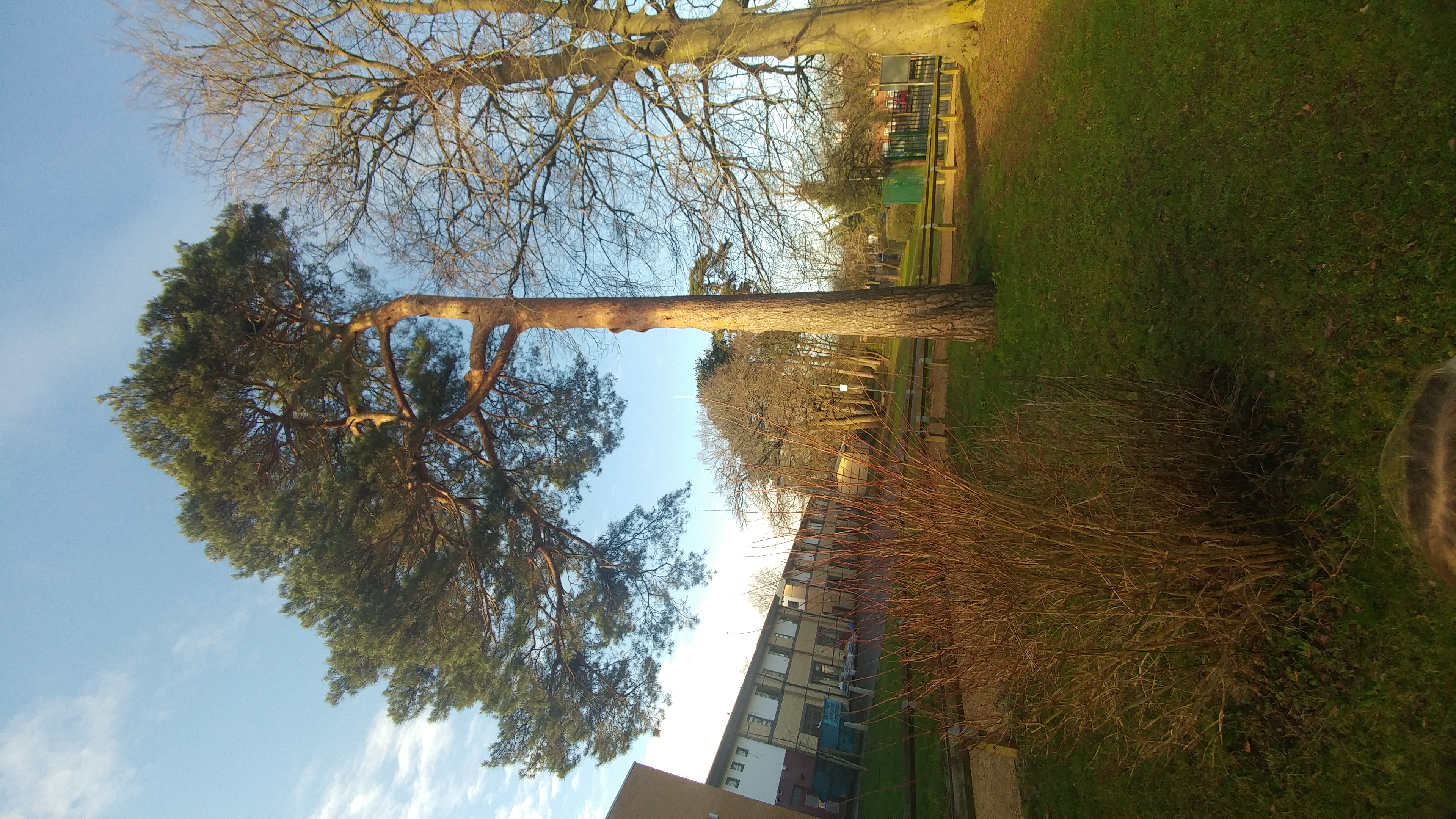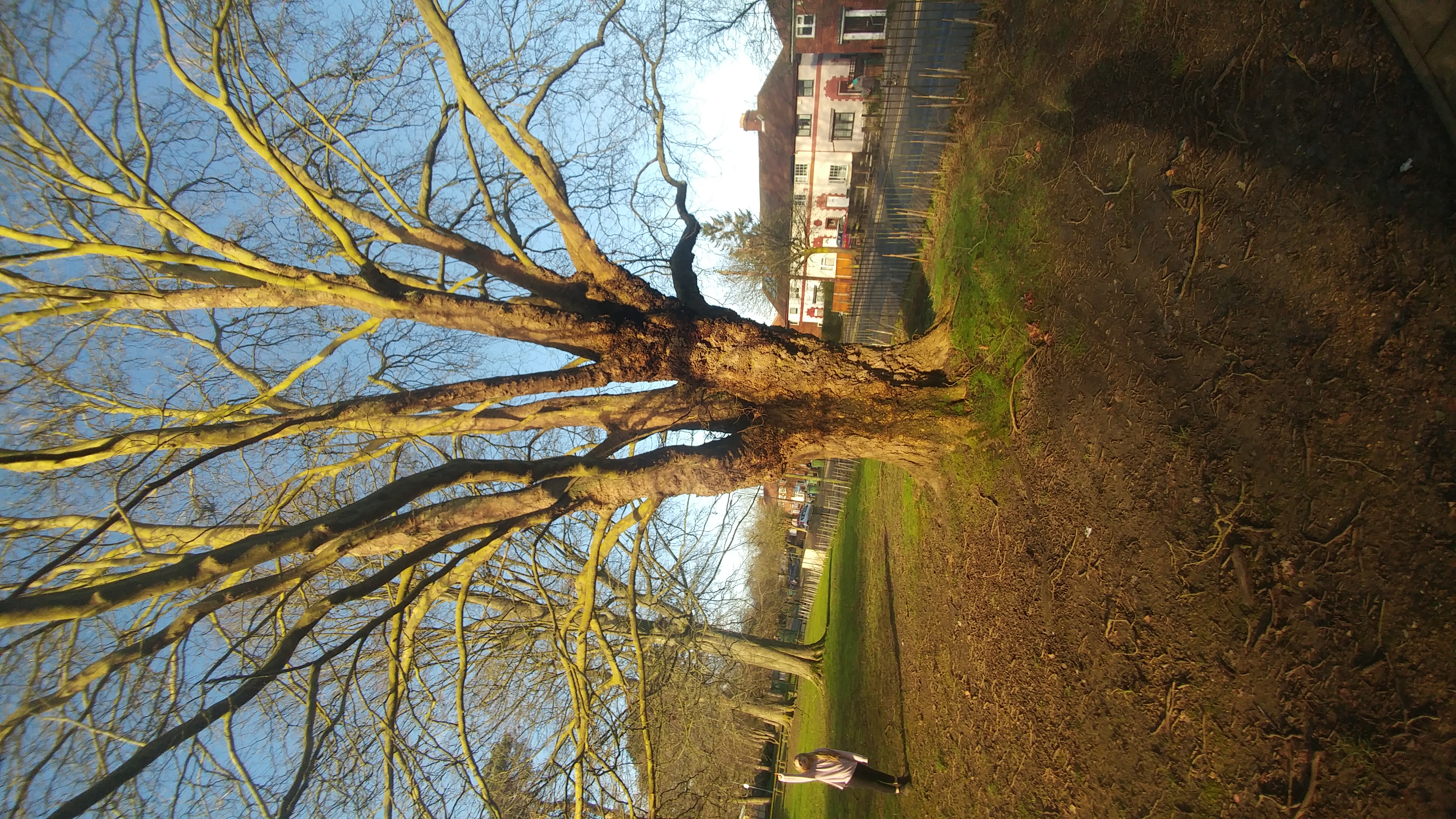Tree Trail: Introduction
In February and March 2021, our Year Eight Rumble Museum Council students worked hard to identify, map and photograph all of Cheney's beautiful trees. They themed each section, and chose five trees in each section to be part of their trail. We also invited a range of Cheney staff, with a sprinkling of celebrity names. to create little recordings of the imagined voices of the trees!
You can explore the trees and their voices in each of the sections below. On Saturday 17th June, 2023, we are unveiling a set of wooden signs, with Latin names, leaf rubbings and wording created by our Year Nine Museum Council, and inspired by artwork and stories by Barton Park, St Andrew's and Wood Farm Primary School. The signs are generously funded by the Art Fund as part of their national Wild Escape Project.
Photos to follow soon!
